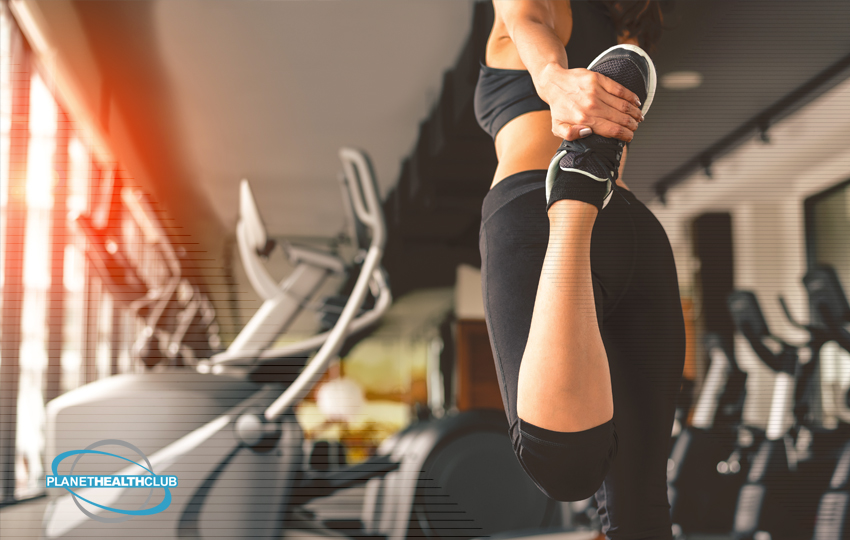
Why passive stretching pre work out could be causing more harm than good
Back in the day, when I was in school, we were taught to passive stretch prior to any physical activity. These kinds of stretches would involve things like pulling your toes to stretch the hamstrings and holding for a minute.
However, in the last 10 years or so, studies have shown this style of stretching to be potentially more harmful than helpful.
Passive stretching, as opposed to active stretching, should only be used with substantial blood flow. You must not perform passive stretches with cold muscles, but only after a proper warm-up (of at least 5-10 minutes).
The problem I see primarily with this is that especially when clients are running late, instead of a warm-up, coupled with the stretching, they perform only the passive stretching. If one is to be chosen, always choose the warm-up.
Passive stretching pre-training has been shown to negatively affect muscular strength, decrease muscle power, and reduce explosive performance
In 2013 researchers from The Journal of strength and conditioning reported passive stretches may compromise strength due to joint instability. This will become more evident with higher intensity strength training.
The reasons many may not notice the negative effects of passive stretching may be determined by the amount of weight lifted. Working at 50% of your max, you wouldn’t notice the 5% decrease in strength. Another study conducted by the Scandinavian Journal of Med Sci Sports in 2013 concluded “… the usage of SS [static stretching] as the sole activity during warm-up routine should generally be avoided.”
So what is the best way to warm up?
Active stretching has been shown to increase power, speed, agility, endurance, flexibility, and strength performance when used as a warm-up.
So how are active stretches performed?
A lunge is a perfect example of a lower-body dynamic or active stretch. They engage your hips, legs, and core muscles, in preparation for physical activity.
Arm circles, trunk rotation, side bends and things like push-ups or pull-ups if you can do them are perfect for preparing the upper body and of course, doing the exercise first with lighter weight or bands.
Do you agree?





